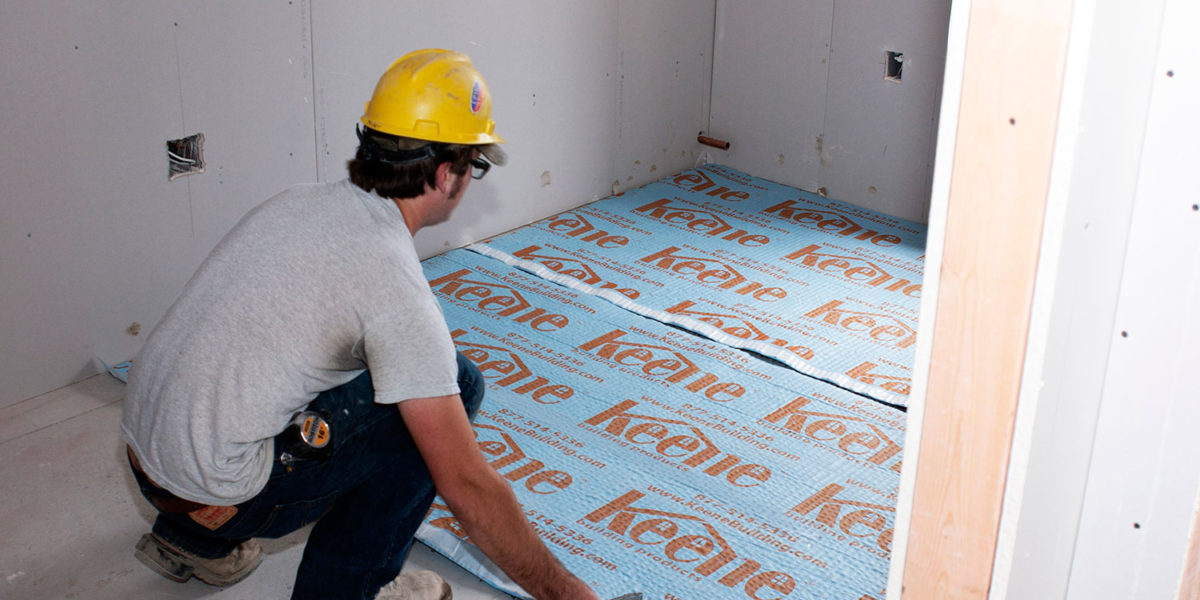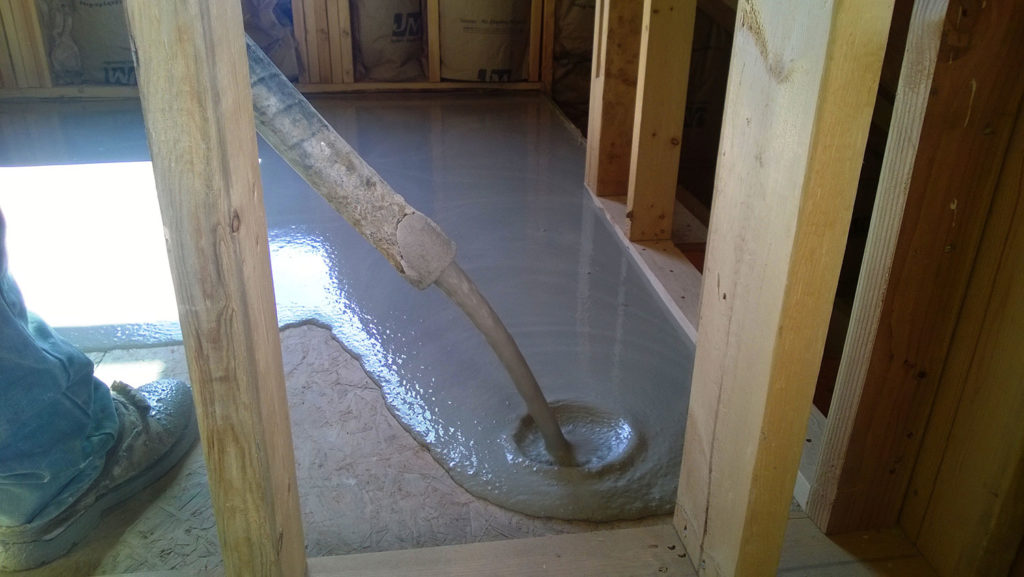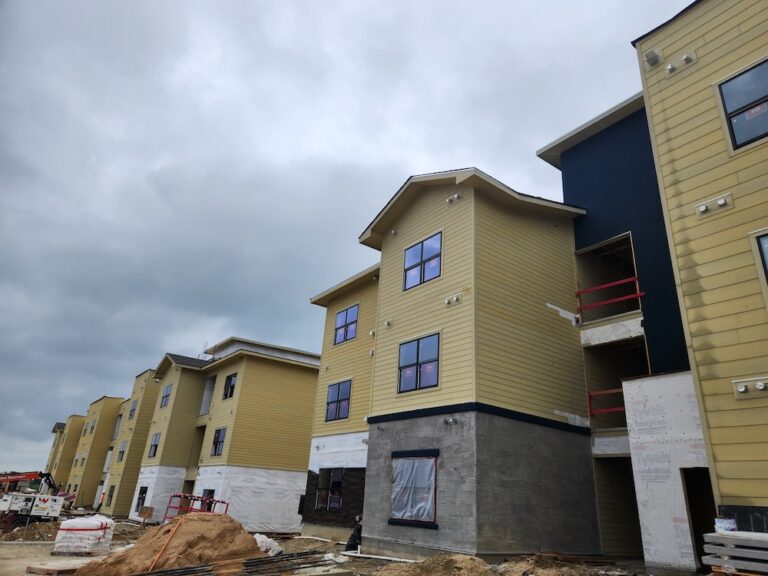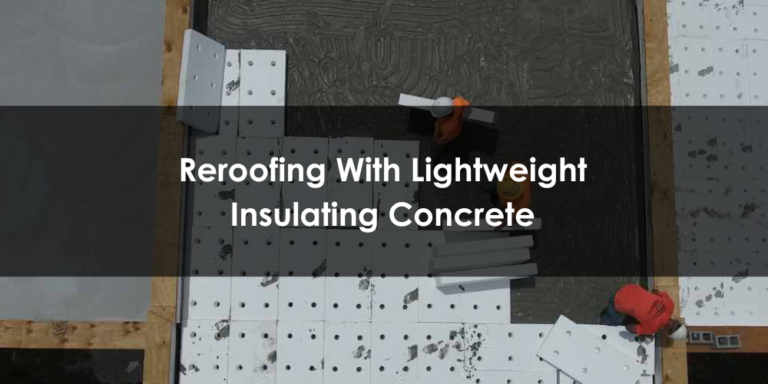
Beginning with the 2003 Universal Building Code, all multifamily residential projects are required to meet a minimum STC/IIC sound rating of 50. The team at Nettles Construction can install high-performing and cost-effective sound mats as part of an underlayment system to meet and exceed those requirements.
Since sound deadening systems are so ubiquitous given construction regulations, sound mats are incorporated into most of our floor underlayment services. Our unique, proprietary soundproofing process involves laying a sound mat over plywood and pouring a layer of gypsum concrete over the mat, which effectively deadens sound and complies fully with regulations.
Although there are multiple different kinds and brands of sound mats (Accoustimat is one of the more popular brands), the basic premise of WestPro’s sound-deadening solution is called decoupling. When the sound mat is placed between layers of gypsum and plywood in a floor-ceiling assembly, it absorbs some of the sound energy being transferred from one story to another. The more energy it absorbs, the less noise bleeds into adjacent stories.
Soundproofing regulations

Section 1207 of the International Building Code 2006 states that residential units must achieve a sound transmission class (STC) of at least 50. The higher the class, the better soundproofed the floor-ceiling assembly. At an STC of 50, very loud sounds such as musical instruments can be faintly heard. By contrast, at an STC of 25, normal speech can be heard fairly distinctly through the floor.
By incorporating a sound mat into our floor underlayment process, the team at WestPro can achieve an STC of at least 50.
Types of sound mats
Sound ratings are based on the entire floor-ceiling assembly, not just the sound mat. However, different kinds of sound mats achieve sound deadening in different ways. At WestPro, we carry three brands of sound mat: AccuCrete, Keene, and US Gypsum.
AccuCrete’s AccuQuiet mat comes in three different thicknesses. AccuQuiet uses a pedestal sound mat system, in which a cloth mat is placed on top of the sound mat to keep the gypsum from bleeding through, and a web of small round pedestals support the mat and create a layer of air, deadening the sound.
Keene uses an entangled filament mat, which looks like a Brillo pad with a cloth over the top. Gypsum is poured over the top of the mat. No substantial area of the mat touches the floor, which means that very little impact sound can drive through to lower stories.
US Gypsum (USG) uses an entangled filament mat as well, but USG also offers a sound reduction board (SRB). SRBs consists of a flat layer of homasote which effectively absorbs impact sound, with a layer of gypsum poured over the board.
Talk to an expert to learn more about how to use sound mats for sound control.




